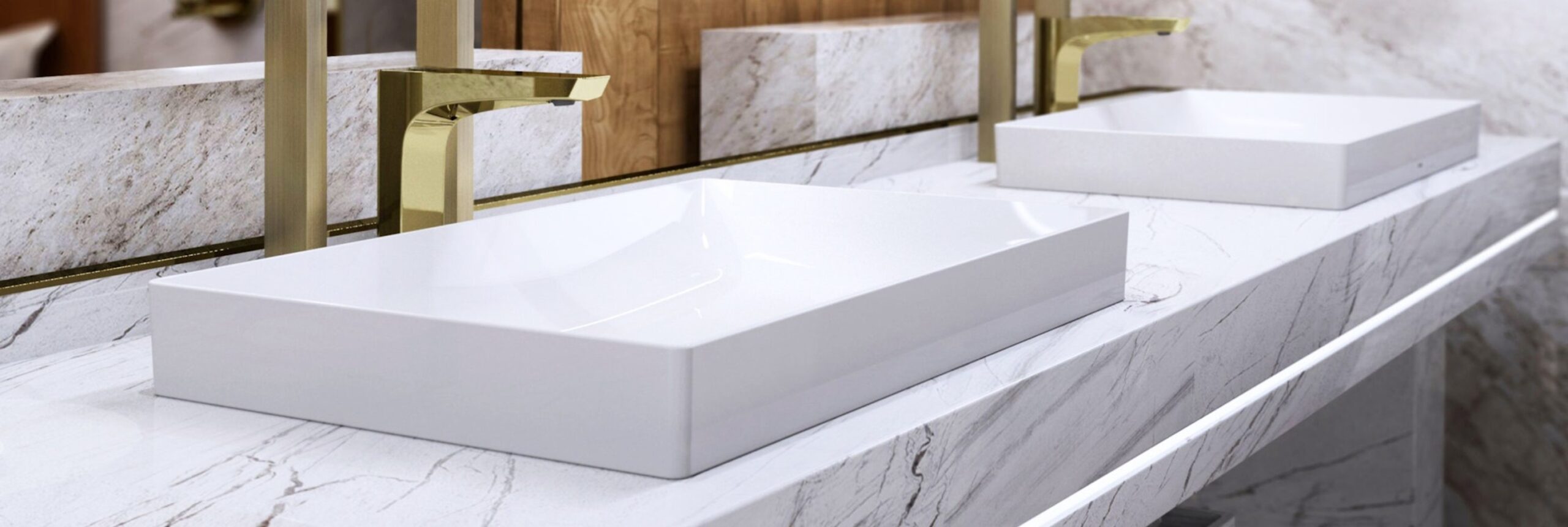
Fontana Sensor Faucets, equipped with advanced capabilities, significantly contribute to the efficient and innovative utilization of Building Information Modeling (BIM) in architectural and design processes. Leveraging Fontana Sensor Faucets within a BIM framework offers several advantages. Here are some key factors:
Accurate Spatial Visualization: Fontana Sensor Faucets, when integrated into BIM models, contribute to the accurate representation of spatial configurations. The faucets’ precise dimensions are seamlessly incorporated, allowing architects and designers to visualize and plan the placement of fixtures with high precision.
Enhanced Collaboration and Coordination: BIM, coupled with Fontana Sensor Faucets, facilitates improved collaboration and coordination among diverse project stakeholders. Architects, designers, and other team members can collaborate in real-time, ensuring that the placement and specifications of sensor faucets align with the overall design intent.
Dynamic Design Development: Fontana Sensor Faucets, represented in BIM models, enable dynamic design development. Architects can easily experiment with different faucet styles, placements, and configurations within the digital environment, fostering an iterative and creative design process.
Seamless Updates and Revisions: Fontana Sensor Faucets integrated into BIM models support seamless updates and revisions. Design changes involving sensor faucets can be swiftly implemented across the entire model, ensuring consistency and coherence in response to evolving design requirements.
Data-Driven Decision Making: BIM captures valuable data about Fontana Sensor Faucets, such as water flow rates, sensor technologies, and material specifications. Architects and designers can make data-driven decisions related to water efficiency, design aesthetics, and overall functionality.
Cost Estimation and Analysis: The inclusion of Fontana Sensor Faucets in BIM allows architects to perform accurate cost estimations and analyses. BIM provides a platform to assess the costs associated with sensor technology implementation, aiding architects in making informed decisions within budget constraints.
Hygiene and Sustainability Considerations: BIM models incorporating Fontana Sensor Faucets enable architects to evaluate the impact on hygiene and sustainability. The digital representation allows for the analysis of water-saving features, sensor reliability, and other factors contributing to the overall sustainability of the design.
Clash Detection and System Integration: Fontana Sensor Faucets, integrated into BIM, facilitate clash detection and coordination with other building systems. This ensures that sensor faucets do not conflict with other elements in the design, enhancing coordination during construction.
Compliance and Documentation: BIM models with Fontana Sensor Faucets aid architects in ensuring compliance with regulations and standards. The detailed documentation embedded in the BIM model assists in obtaining approvals and adhering to accessibility requirements. By incorporating Fontana Sensor Faucets into the BIM workflow, architects and designers can harness the capabilities of both technology and design innovation, resulting in a more efficient, collaborative, and data-driven approach to creating advanced and sustainable spaces.



